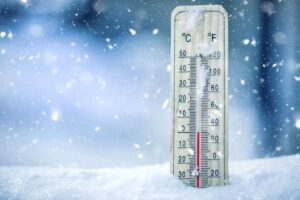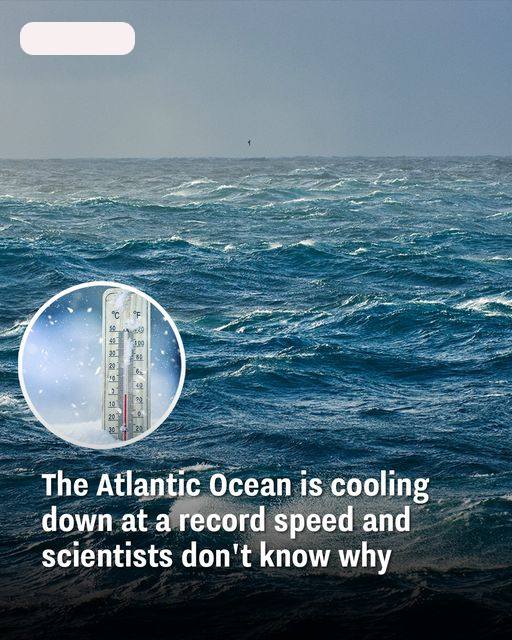The ocean’s surface temperatures have reached a strange low for this time of year
Oh, the Atlantic Ocean! The great, blue part of our planet that usually rolls along with predictable ups and downs. But guess what? It’s throwing a bit of a temper tantrum right now, and scientists are scratching their heads.
Over the past year, the Atlantic has been basking in the heat, hitting record highs as if it were auditioning for a tropical vacation ad. But now, almost like flipping a switch, it’s decided to chill out – literally. This sudden cool-down in surface temperatures has left experts baffled.
According to the National Oceanic and Atmospheric Administration (NOAA), since May, the Atlantic’s sea surface temperatures have started their dive, dropping a couple of degrees Fahrenheit below their usual warmth for this season.
Usually, around this time, the Atlantic is preparing to turn up the heat. But it seems someone forgot to set the thermostat correctly. Expected warm-ups due to climate change and a classic appearance by El Niño should be causing temperatures to rise, not fall.

El Niño, that sneaky weather phenomenon causing ocean surfaces to toast up, had a standout show in early 2023 and 2024. But it appears our old friend is making a hasty exit, only to be replaced by its chilly sibling — La Niña. Yes, it’s family drama on an oceanic scale!
What’s baffling everyone is how this transition is occurring before anyone even sent out invitations. La Niña, known for its unusually cool ocean temperatures, wasn’t supposed to crash the party this early. The usual suspects — trade winds, solar heating, and rainfall — have teamed up to make this climate plot twist difficult to predict.
Experts are scratching their heads, flipping through textbooks, and running simulations, but as of now, no one’s figured out the “why” behind the Atlantic’s sudden mood swing.

Frans Philip Tuchen, a savvy postdoctoral student at the University of Miami, pretty much summed it up: “We’ve gone through the list of possible mechanisms, and nothing checks the box so far.” Translation: Yep, we’re all stumped here.
But don’t brush this off as just some scientific puzzle. These erratic oceanic shifts have real-life implications. Changes in the El Niño and La Niña patterns could mess with rainfall in surrounding continents, turning weather forecasts into a game of chance.
The NOAA warns that these Atlantic Niños can up the likelihood of hurricanes near the Cape Verde islands. That’s right, Mother Nature’s tossing hurricanes into the mix like it’s hosting a wild nature party.
Michael McPhaden at NOAA has an even more dramatic take. Picture a tug-of-war: the Atlantic and Pacific Oceans wrestling over the thermostat. The Atlantic trying to “cool off,” while the Pacific strains to “warm up.” If that’s not a climate thriller, I don’t know what is.
As for whether the Atlantic is fully committing to a La Niña phase? The jury’s still out. Scientists are keeping a close watch, fingers crossed, hoping for more predictable forecasts ahead.
So, stay tuned for the next chapter in this oceanic saga. Will the Atlantic fully embrace La Niña mode, reshuffling climate predictions like a deck of cards? Only time will tell. Meanwhile, we can all sit back, a bit more snug in our sweaters, and decode these phenomena as they unfold.






